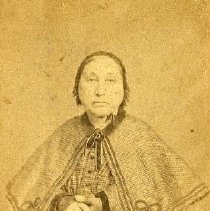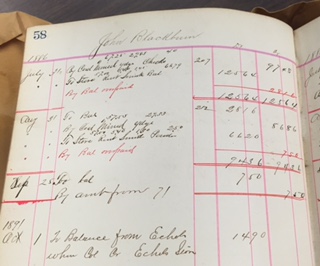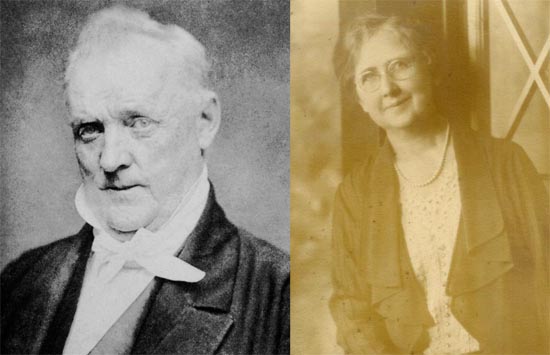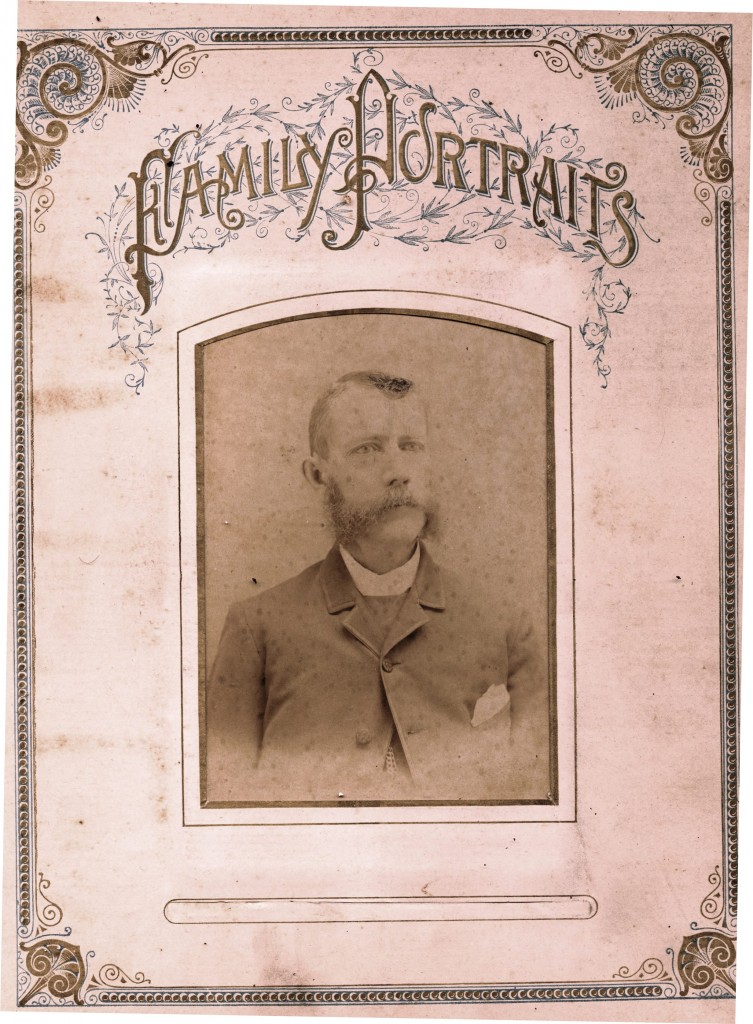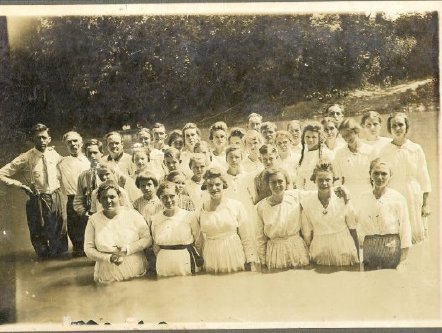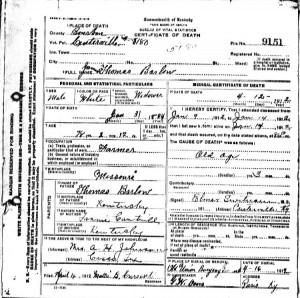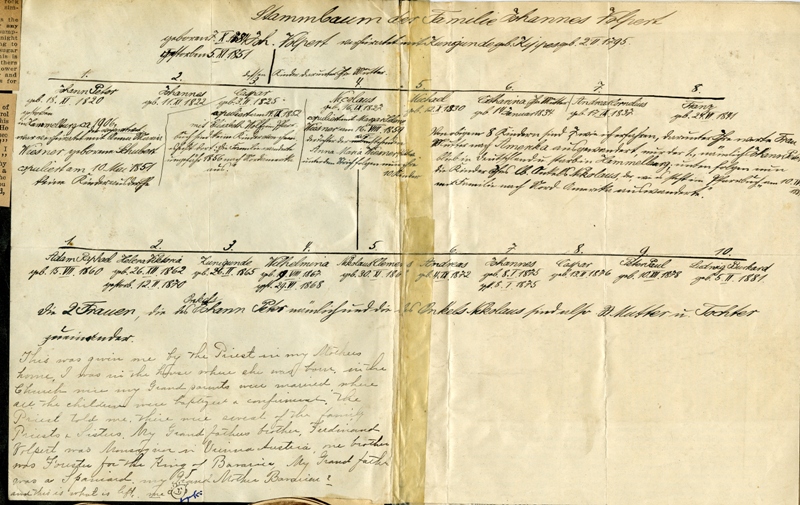Summertime for many people marks a time of relaxation, peace and quiet, but not if you are at the Research Assistance Desk for Library Special Collections. In the last five days, I have explored the wealth of information WKU Libraries has collected in the last 90 years with researchers from Alabama, Florida, Mississippi, North Carolina, and Logan County, Simpson and Warren Counties in Kentucky.
On Monday, I taught by phone the Logan County Historical Society’s newsletter editor how to use kencat.wku.edu to fill her research need. To make certain she answered the specific question of the day, I also e-mailed her the link to the appropriate catalog record in KenCat. As a researcher who appreciates online access, she later e-mailed:
“Boy, do you know how to ruin a person’s day ! ! ! I’ll be on this site until my eyes give out! Thank you SO VERY MUCH. . . Back to the computer screen ! ! ! Forget the dust and the weeds in the garden ! ! !” When describing her discovery at our page http://www.wku.edu/library/dlsc/discovery.php , the researcher said she spent the rest of the day looking at various items. Later she sent me an electronic copy of her newsletter using the photograph of Phoebe Ann Pittman Flowers. Its citation points more Logan County researchers to kencat.wku.edu. The second Monday researcher got so excited at finding her information that she hugged me (a first in my 31 years as an archivist and librarian).
Wednesday by phone I taught online research via KenCat to a Floridian seeking to complete her Daughters of the American Revolution application with a family Bible’s genealogical pages that our family surname files. Our second phone call of the day was from a researcher who spent his Bowling Green research day repairing his car’s alternator rather than searching for an obituary of a Bowling Green woman who was run over by a train on a Bell County, Kentucky, railroad bridge in 1919. His expertise in genealogy had made him hope he could solve a question nagging his neighbor about the death. The Louisiville Courier-Journal lacked the detail he hoped to find in a local newspaper. Unfortunately few Warren County newspapers before 1922 were saved; thus far, our holdings search has been in vain. Perhaps someone will bring us an original from their attic soon.
On Thursday, our Mississippi researcher was on her second trip to Library Special Collections. Three years ago, she learned in Butler County about a family history that WKU has one of six known print copies. By teaching her to search KenCat, she also made use of Drucilla Jones’ years of genealogical research. Upon seeing a chart in the Wilbourn file from the Drucilla (Stovall) Jones collection, she exclaimed: “What a treasure!”
Among our favorite researchers are those who arrive, having found KenCat.wku.edu and TopScholar.wku.edu , to view primary sources. At 8:55 a.m., a North Carolina couple literally could not wait any longer for our doors to open. They knew they wanted the Enochs Mine store ledger from MSS 29. In it they found proof that their ancestor worked and lived in Ohio County, Kentucky from July 1886 to 1891.
We invite you to explore our online catalog for non-book materials. KenCat has a new homepage, navigation, and search system. You do not have to be interested in genealogy or history to find the “random image” or original item that delights you.

